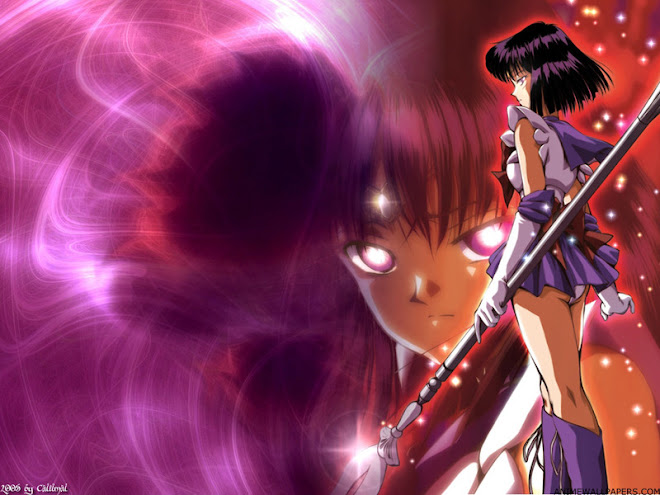 1. Identification: Commissioned on 1943 by Ben Shahn
1. Identification: Commissioned on 1943 by Ben Shahn2. What is the project and the problem: In this poster is to show a dire crisis that is happening in that time and Shahn had to convey that in a powerful image and statement for the U.S. Office of War Information.
3. Who is the client: U.S. Office of War Information
4. Who is the intended audience: The intended audience is the soldiers who are facing the enemy who is doing these evil things to human beings without any thought. The secondary auidence is for the general public to let them know of Nazi Brutality.
5. What is the core message: The core message is Nazi Brutality is taking place at this very moment in Germany.
6. What is the hoped-for outcome: To let everyone know the situation that is going on and to help soldiers to beat the enemy.
7. What is the graphic strategy: Activism and Reform





